While it sounds simple enough to organize emails in Gmail, between work responsibilities and individual needs, the task can present some definite challenges. Thanks to its status as one of the most popular email platforms of 2022, Gmail offers a variety of innovative ways to achieve a neat and actionable inbox.
The Pitfalls of a Disorganized Inbox: Why Email Organization Is Important
Managing an inbox is a task many users dread. While it’s easy to allow an inbox count to reach thousands and address them later (that’s what the mass delete button is for, right?), that’s not a sustainable method. Important emails can easily slip through the cracks, going unaddressed.
For personal email accounts, the repercussions might be minor. However, failing to respond to a business email could be detrimental to someone’s career, or the business itself. Additionally, sorting emails is a productivity killer that takes valuable time away from critical responsibilities.
Creating a tidy space to communicate with team members and external clients enables efficiency and further optimizes workflows. An organized email inbox:
- saves valuable company time
- boosts productivity
- improves communication
- streamlines operations
- eliminates clutter
- increases transparency
If your team uses Gmail, there are some simple and effective ways to get organized.
Looking to keep your inbox under control with no manual effort? Go with Gmelius!
Organize Emails in Gmail: Easy Tips To Reach Inbox Zero
From its initial start in 2004, Gmail has continuously updated its offerings to assist users in achieving the best email experience possible. The last 18 years of upgrades have made inbox structure and organization easy, from integrating Google Workspaces to providing smart “reply” and “compose” options to expedite response times.
Here are some of the best ways to organize emails in Gmail to achieve inbox zero.
1. Sort emails into labels and color-code for efficiency
In Gmail, users can categorize drafted, sent, or received emails using labels, a feature similar to email folders—but with more options.
What separates Gmail labels from traditional email folders is the ability to apply more than one label to an email. For example, suppose an accounting team is addressing an email regarding a client contract and also payment information. In that case, the accountant could apply that email to a label titled "contracts" and another label titled "payroll."
That email will live under both labels for easier navigation - as its contents pertain to both categories. Gmail also makes it easy to search within a label to find exactly what you're looking for in record time.
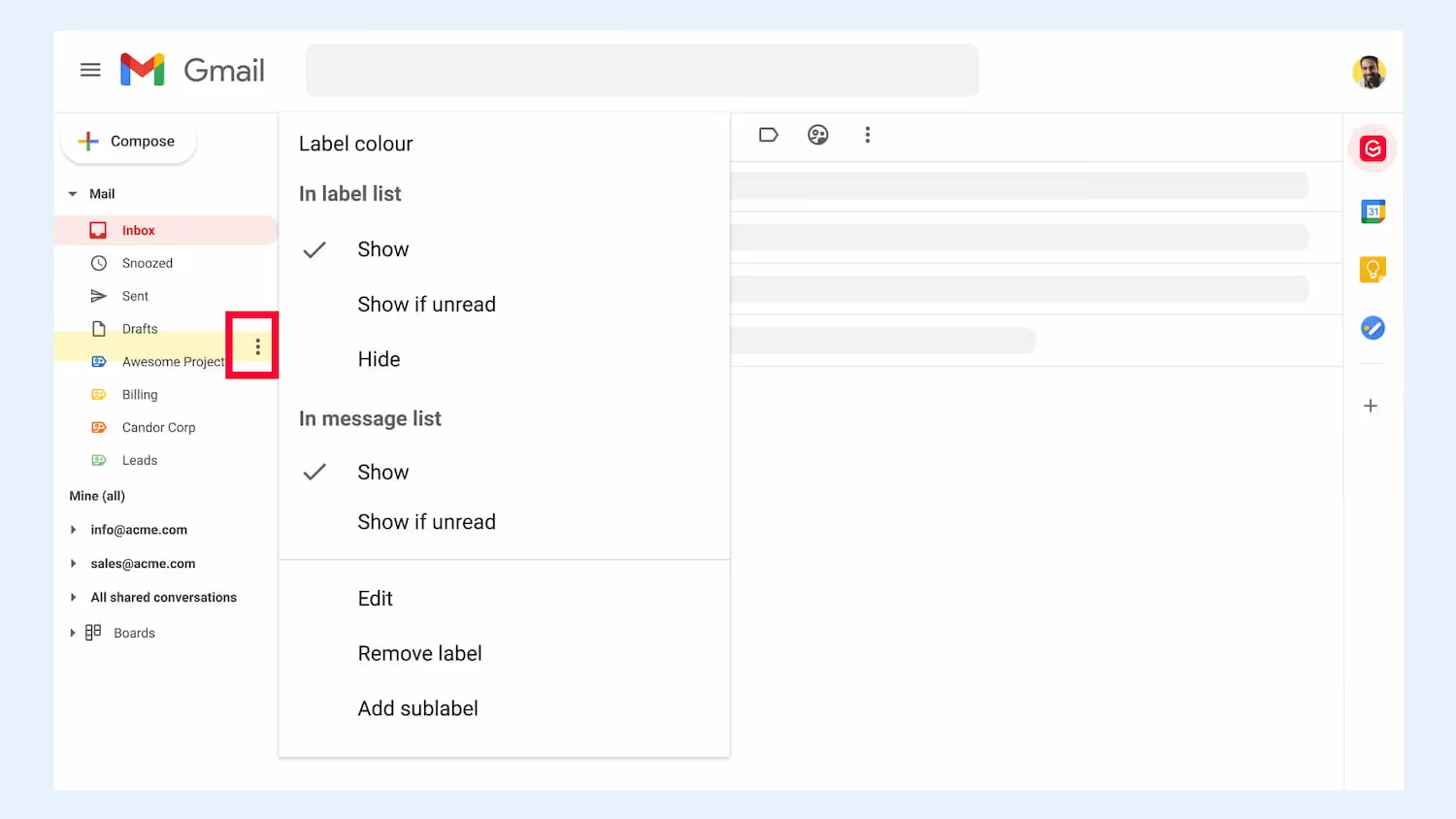
Learn how to set up a Gmail label here.
Additionally, Gmail labels can be color-coded for efficiency. If an email comes in regarding a contract, a color such as red may indicate that it is a high-priority email that must be addressed immediately. Other emails that may trickle in due to other applications, such as Trello, could be color-coded with blue to match the Trello logo used on the platform.
Customizing an inbox offers a simple and personalized way to organize emails efficiently.
Don’t neglect filters
Do you receive redundant emails each day and wish you could make them disappear? That's exactly what Gmail filters are for. Gmail offers a quick and easy way to create filters for sorting, deleting or archiving emails as they come in.

Users can access filters from the gear icon at the top right of your Gmail interface. From there, select "Filters and blocked addresses." You can then select "Create filter" and set the necessary criteria to achieve your desired results. For example, you can filter important client messages into a Gmail label based on the email sender or subject line. Users can also use filters to:
- mark important emails
- prevent sending specific emails to spam
- archive emails
- delete emails immediately
- apply Gmail labels to emails
- automatically forward to other addresses
While it sounds like a time-consuming task, setting up filters will more than make up for the time you’ll save in the long run, leaving you more time to focus on important responsibilities.
3. Too scared to delete? Archive what you need
Email is predominantly used for longer, formal messages that often entail critical information essential to businesses. Employees may be hesitant to delete certain messages in case they need them in the future. To reduce email anxiety, you can simply archive those messages. Deleted emails are sent to the trash where they will only be accessible for 30 days. Archiving emails in Gmail moves unwanted messages out of the main inbox but still allows them to be accessed for as long as the user needs them.
4. Utilize mobile capabilities
75% of Gmail users access email from their mobile devices. Checking emails from a cellular device is practical and efficient; however, managing them may be a challenge while on the go. Luckily, Gmail offers easy ways to manage email simply, no matter where you're located.
The Gmail mobile app allows users to create customized settings to delete, archive, or snooze emails by swiping left or right.
Here’s how to customize swipe actions on an iOS or Android device.
- Download the Gmail app
- Once you have created an account or signed in, click the hamburger menu
- Scroll down and select the gear icon for settings
- Select “Inbox customizations”
- Select “Mail swipe actions”
- Customize swiping right to either “archive”, “trash”, “mark as read/unread”, “snooze”, “move”, or “none”. The same settings are available to customize swiping left
In one swift motion, emails leave your Gmail and position your inbox where it needs to be to address emails faster.
Gmelius is available on iOS and Android. Once you install the Gmelius extension, you can manage personal emails, shared inboxes, shared Gmail labels, and use automation features to organize email whenever and wherever. Users can customize swipe settings to either assign, share, or close an email.
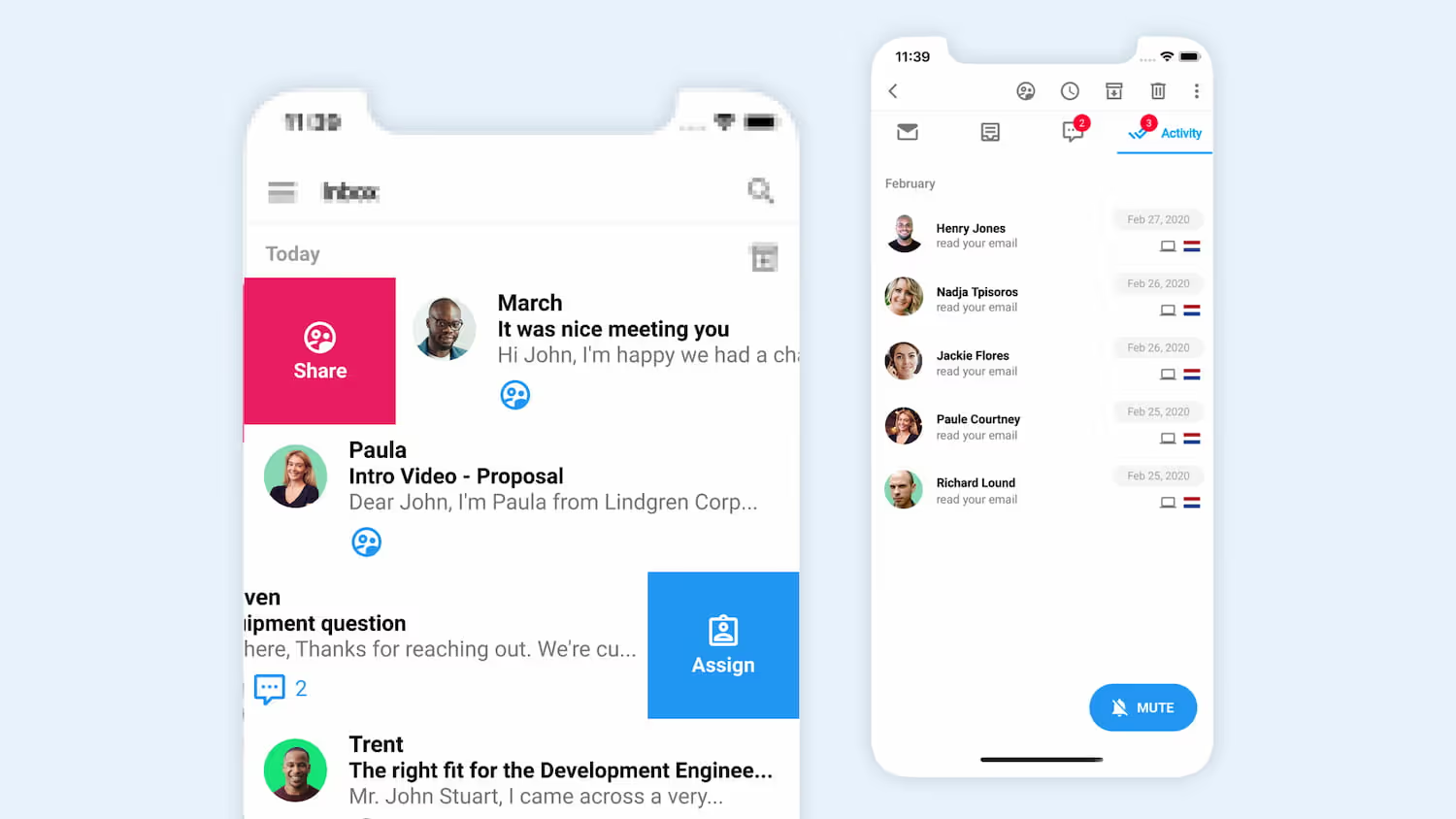
Gmelius will soon release an official Google add-on that users can access from within the official Gmail mobile app. Users won’t have to install another email client on their smartphones to enjoy the features of Gmelius. Instead, all the core collaboration features you use with Gmelius will be available right inside the Gmail mobile app.
5. Set up email templates to expedite response times
Composing emails takes time—more time than the average worker can afford. Gmail offers simple solutions to set up customized email templates to help users avoid drafting the same responses over and over. Here is how to set up an email template in Gmail:
- Draft the response you plan to use frequently
- Click the hamburger button on the bottom right of the compose window
- Select templates
- Select “save draft as template”
- Select “save as new template”
- Enter the new template name
Email templates enable consistent, efficient communication. Automation features can further expedite response times, allowing you even more time for organization.
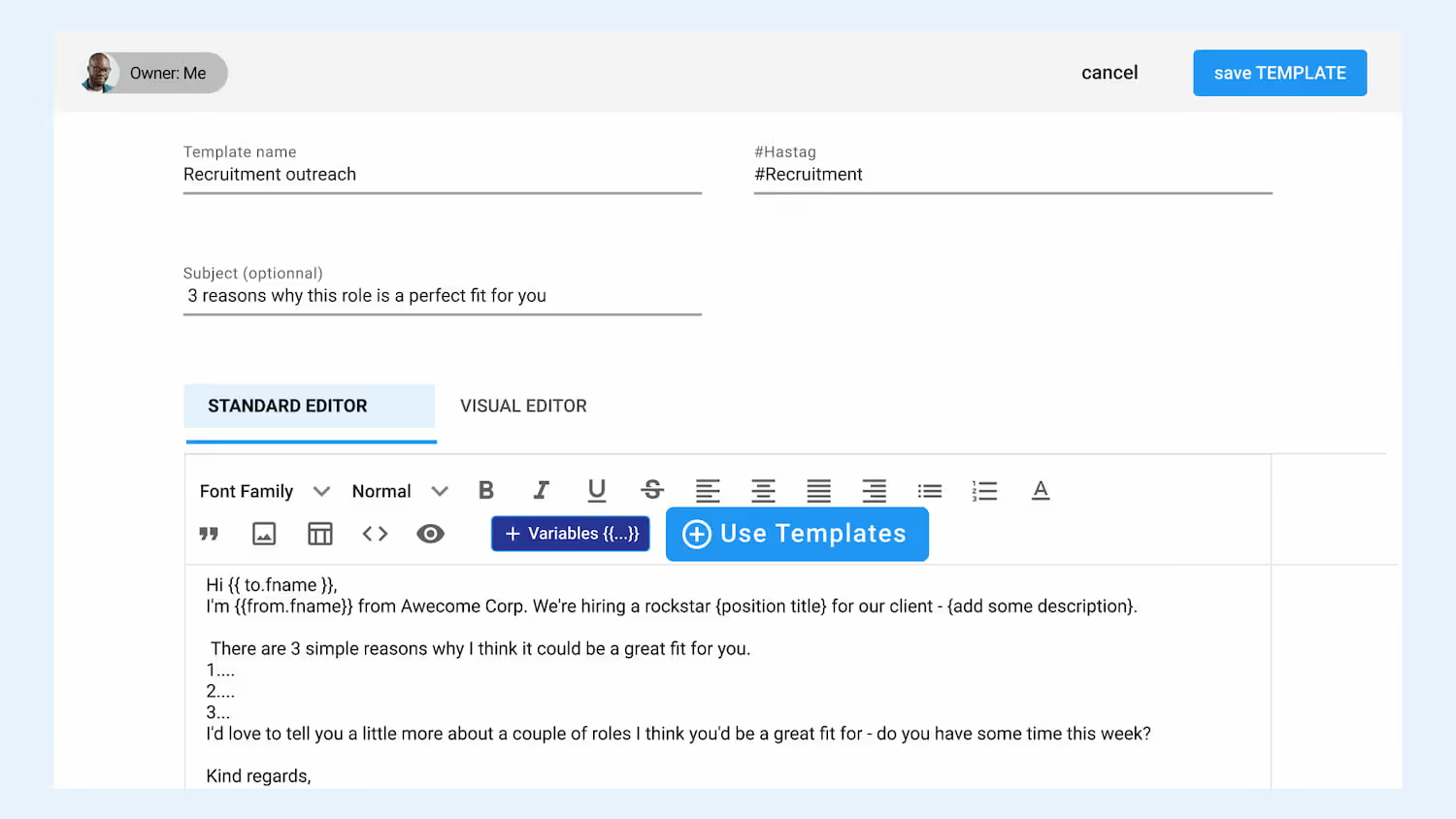
With Gmelius, teams can share email templates to maintain consistency in messaging and tone with specific members or everyone on your team!
Gmail Organization for Teams: A Simple Solution
It's one thing to transfer specific emails into a label for better organization; however, the question of whether they have been addressed or not may linger on. Searching for answers prolongs the organization process and delays productive work.
Gmelius offers a shared inbox solution perfect for team collaboration that fits elegantly into your Gmail. As the perfect email solution for teams, Gmelius allows team members to assign and delegate emails to others to eliminate confusion.
If a company email address such as info@[companyname] receives an influx of emails, new messages go directly into an "unassigned" folder. Upon opening the email, it can be assigned to a specific team member and labeled as "pending" or "closed." Users can then apply tags for context or an email note to provide further information to colleagues.
A cluttered inbox can create negative consequences for personal or professional Gmail accounts. Following these email organization solutions will bring you one step closer to achieving a structured and organized workspace.
Streamline email organization and boost team collaboration with Gmelius. Explore our features and sign up today to get started!


.avif)
.avif)
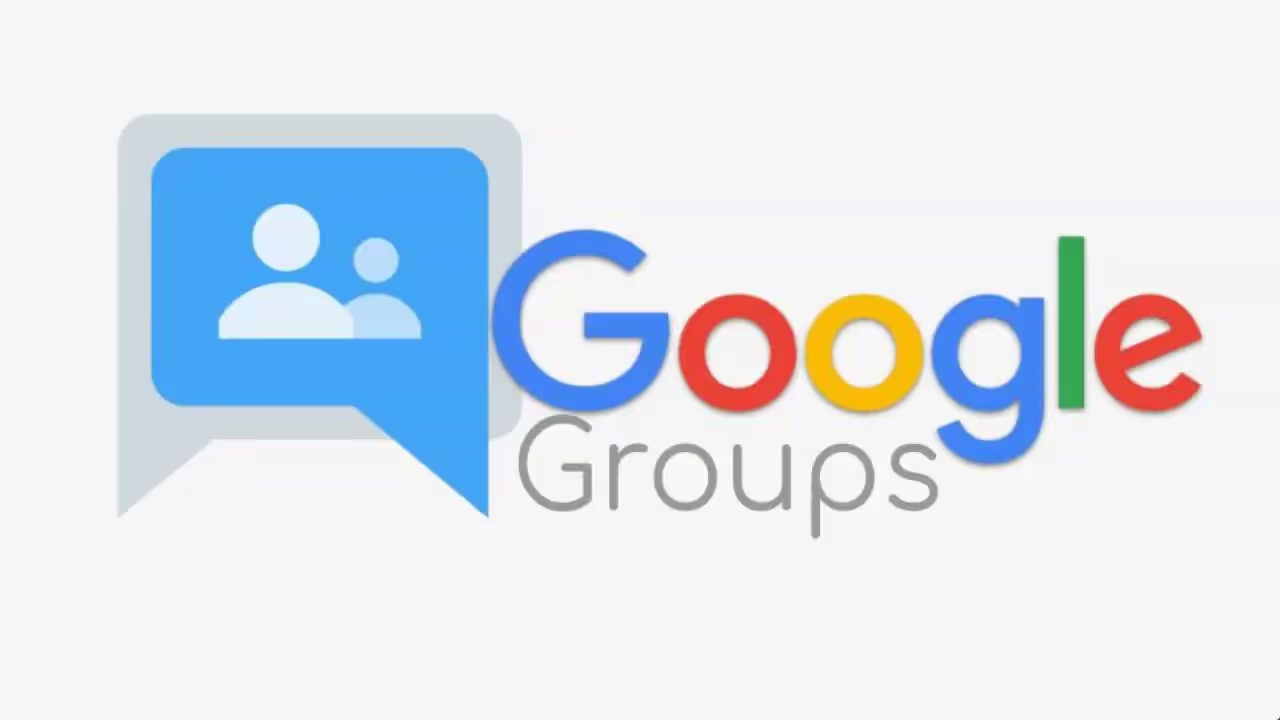
.avif)
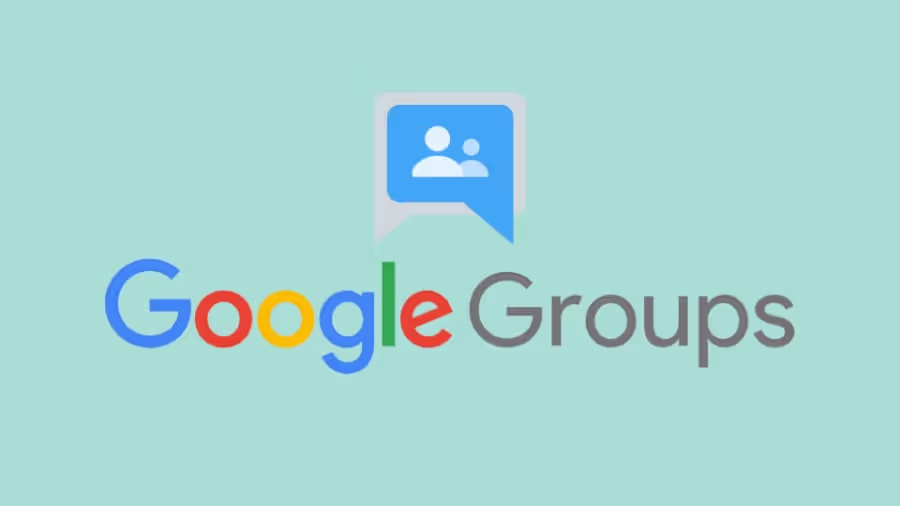
.avif)